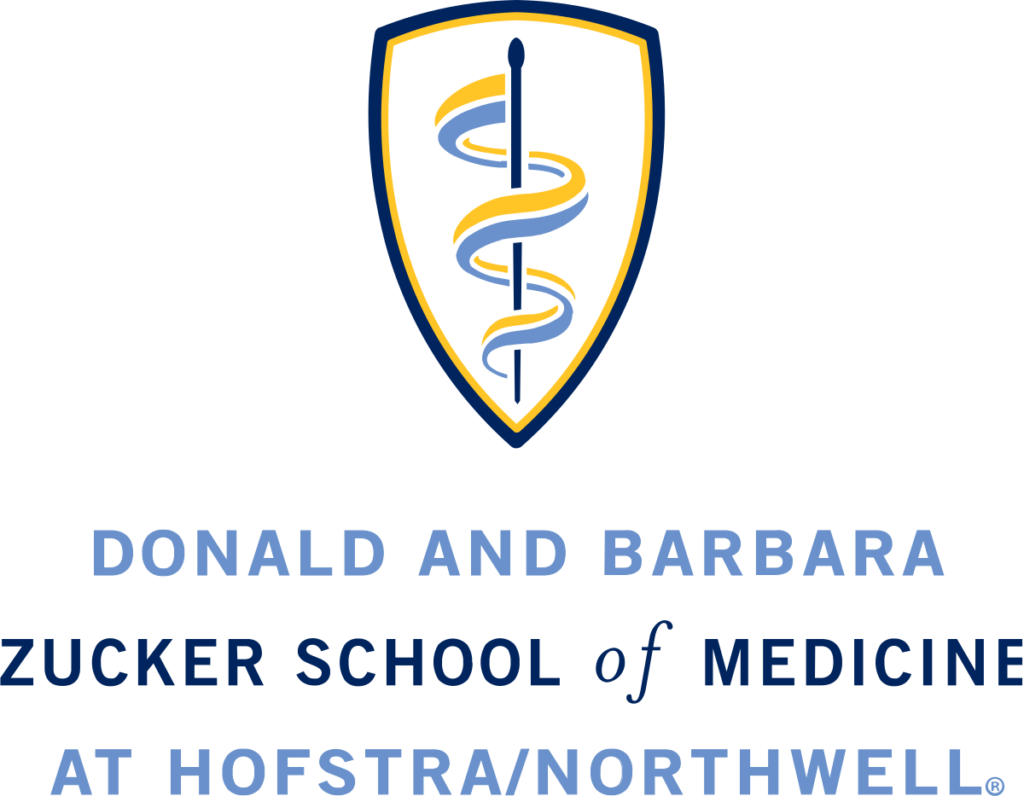[et_pb_section admin_label=”section”][et_pb_row admin_label=”row”][et_pb_column type=”4_4″][et_pb_image admin_label=”Image”] [/et_pb_image][/et_pb_column][/et_pb_row][et_pb_row admin_label=”Row”][et_pb_column type=”3_4″][et_pb_text admin_label=”Text” background_layout=”light” text_orientation=”left” use_border_color=”off” border_color=”#ffffff” border_style=”solid”]
Day 1 of dasSMACC: It’s over and a lot of it is already floating around the SoMe world.
Idle thoughts on themes? For me, many of the speakers touched on decision-making, biases, and operating on priors/pretest probabilities. But that’s likely because those are my interests and we see what we look for.
[/et_pb_text][et_pb_text admin_label=”Text” background_layout=”light” text_orientation=”left” use_border_color=”off” border_color=”#ffffff” border_style=”solid”]
Notable presentations!
[/et_pb_text][et_pb_text admin_label=”Text” background_layout=”light” text_orientation=”left” use_border_color=”off” border_color=”#ffffff” border_style=”solid”]
Brian Burns- The John Hinds Memorial Lecture
Brian opened the day with a vision of pre-hospital trauma care where modern technology transforms the way we are alerted to the sickest of patients, where resources are mobilized early towards them, and where handoffs are minimal and smooth as everyone has access to the pertinent data points simultaneously.
Imagine cars and/or patients fitted with VS monitoring devices (think FitBit/activity monitor/smartwatch already on your wrist), and accelerometers recording deceleration and torsional forces. Telemetry monitoring doesn’t get alerted because a motor vehicle accident has occurred, the alert is because there is a patient with a 90% mortality if untreated. The ground crew and receiving hospital receive the alert as well, and due to transport times involved, a HEMS crew is automatically activated.
On scene, a wireless monitor is placed on the vehicle, establishing a better data connection and a video feed for those monitoring from afar. Extraction becomes an issue, so a drone is dispatched with blood products to begin in the field. As the patient is handed off silently to HEMS (no need to shout over the deafening helicopter rotors, they’ve seen the extraction and the interventions), TEG data gathered at the scene is sent to the receiving facility blood bank.
Watson notifies you that the expected pt. mortality has dropped to 12%.
[/et_pb_text][et_pb_text admin_label=”Text” background_layout=”light” text_orientation=”left” use_border_color=”off” border_color=”#ffffff” border_style=”solid”]
Alex Psirides
Alex delivered an entertaining monologue on end of life care, with some historical perspective and sharing some data of how intensive care has changed over the years.
Have you noticed how newspapers report on the “surprising, sudden deaths” of celebrity nonagenarians? Of course, the medical care directed towards them always makes “all efforts” but after an hour of unsuccessful resuscitation, the “surprising” death is reported in the media.
“In Scotland, death is imminent. In Canada, it’s inevitable. But in California, it’s considered optional.”
Californians spend 3 times more on patients who die than on patients who live. Our culture makes speaking to patients about dying a taboo that we previously reserved for sex.
“Luckily, it only takes a 2 week ICU stay to avoid a 1 hr. conversation.”
Psirides called for all of us to start having the necessary conversations and giving patients the deaths they’d choose, not the ones we inflict. #MakeDeathGreatAgain
[/et_pb_text][et_pb_text admin_label=”Text” background_layout=”light” text_orientation=”left” use_border_color=”off” border_color=”#ffffff” border_style=”solid”]
Paul Young & Michelle Johnston, Rinaldo Bellomo
Paul and Michelle made inroads along similar thought-lines of questioning the origins of evidence, questioning authority, how thrombolysis really works (we’re not sure) and tearing down the idolatry of the p-value. But Rinaldo Bellomo was the highlight of the day for me. Dr. Bellomo is the James Brown of research, “the hardest working, most published man in medicine.” He pulled no punches, ranting on the hubris of doctors in chasing numbers, “fixing” abnormal physiology and generally having their heads up their asses. “We spend our time arguing about whether we should put dissolved salt in veins or mashed up potatoes,” a clear reference to saline and colloid IV fluids. He pointed out the fixation on short term VS changes (“who cares about the HR 15 min. after an intervention?”) and points out that response to cold produces the same parameters of change in vitals that we attribute to repleting intravascular volume.
“You might as well just put ice on the patient’s balls and call it a day.”
Rinaldo enjoys the refrain “We’re all mad here.” For his reference on an equally entertaining but identical message on euboxia and failing to grasp the complexity of the systems we’re dealing with, check out “Alice in Intensiveland” here: http://journal.publications.chestnet.org/pdfaccess.ashx?url=/data/journals/chest/21722/1129.pdf
[/et_pb_text][et_pb_text admin_label=”Text” background_layout=”light” text_orientation=”left” use_border_color=”off” border_color=”#ffffff” border_style=”solid”]
Looking forward to Day 2! Got any questions for dasSMACC participants? Let me know in the comments below!
~Pik
-N.B. The author advises against ice on balls in the absence of clear and recent trauma related swelling. Intravascular repletion is still recommended despite the research gaps that currently exist in the literature.
[/et_pb_text][et_pb_text admin_label=”Text”] [/et_pb_text][/et_pb_column][et_pb_column type=”1_4″][et_pb_text admin_label=”Text” background_layout=”light” text_orientation=”left” use_border_color=”off” border_color=”#ffffff” border_style=”solid”]
Authored by:
[/et_pb_text][et_pb_team_member admin_label=”Person” saved_tabs=”all” name=”Pinaki Mukherji, MD, FACEP, FAAEM” position=”Program Director, Emergency Medicine, LIJ Medical Center” image_url=”http://theempulse.org/wp-content/uploads/2015/09/dr-pinaki-mukherji-md-11313705.jpg” animation=”off” background_layout=”light” twitter_url=”https://twitter.com/ercowboy” use_border_color=”off” border_color=”#ffffff” border_style=”solid”]
Dr. Mukherji is the Residency Director at LIJ Medical Center in New Hyde Park, NY. He spends most of his time confusing residents and trying to convince doctors that they overestimate the benefits of treatment and underestimate the harms. He has a passion for education and trying not to do things wrong.
[/et_pb_team_member][et_pb_text admin_label=”Text” background_layout=”light” text_orientation=”left” use_border_color=”off” border_color=”#ffffff” border_style=”solid”]
Edited by:
[/et_pb_text][et_pb_team_member admin_label=”Person” saved_tabs=”all” name=”David Marcus, MD” position=”Editor in Chief, theEMpulse.org” image_url=”http://theempulse.org/wp-content/uploads/2015/11/ALIEMphoto_DSC02779_thumb.jpg” animation=”off” background_layout=”light” twitter_url=”https://twitter.com/emimdoc?lang=en” linkedin_url=”https://www.linkedin.com/in/david-marcus-4480a858/” use_border_color=”off” border_color=”#ffffff” border_style=”solid”]
Dr. Marcus is the Residency Director for the Combined EM/IM and EM/IM/Critical Care programs at LIJ Medical Center. He is also the Editor-in-Chief for theEMpulse.org.
[/et_pb_team_member][/et_pb_column][/et_pb_row][/et_pb_section]

